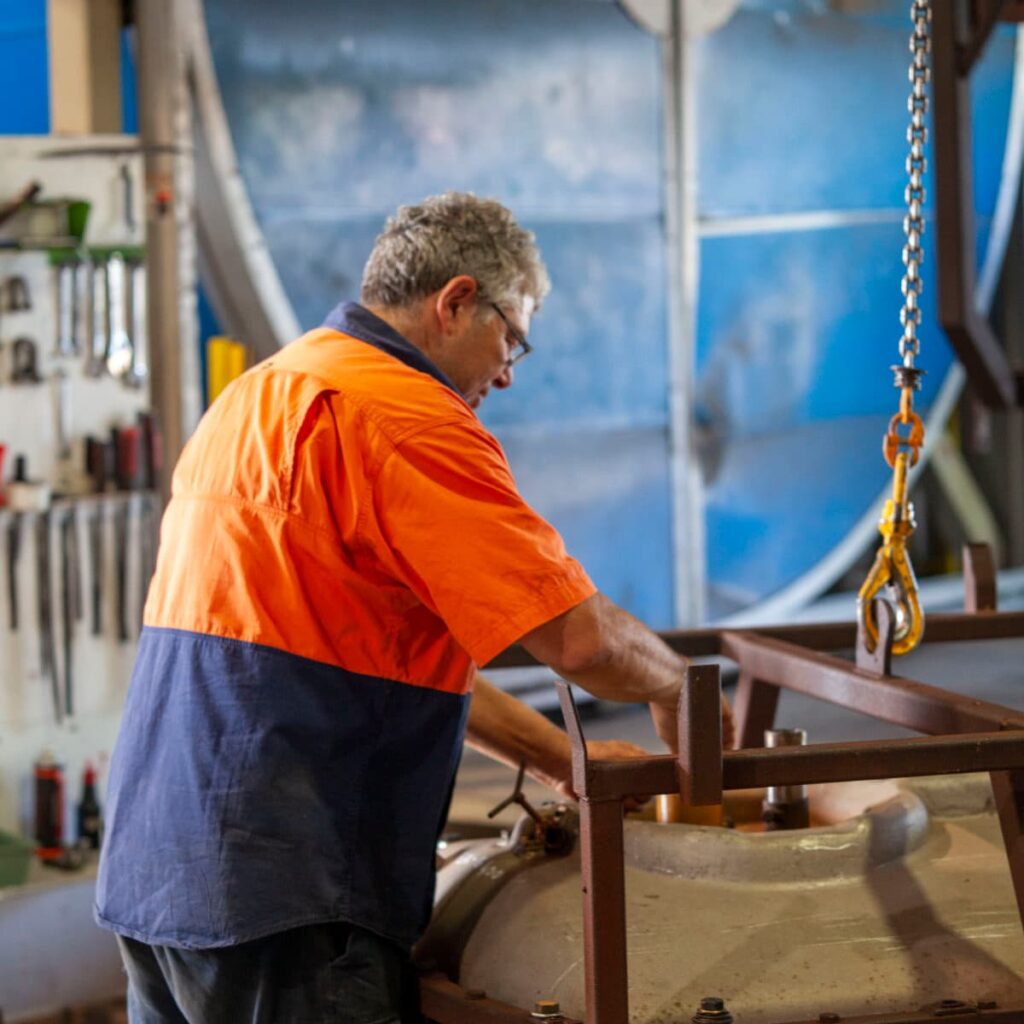Category: Agricultural News
Home / Agricultural News / Page 5
We Raised $3000 for the Buy a Bale Foundation
THANK YOU TO EVERYONE WHO BOUGHT A TANK IN SEPTEMBER! We are proud to say that over September, we raised and donated $3000 to the
Mini Holidays for Farmers
Everybody needs a break from work, especially farmers. Unfortunately, it can be difficult for Aussie farmers to get the support and helping hand that they
What Animals are Best for Keeping Acreage Tidy?
If you’re looking for a sustainable, eco-friendly way to keep your grass neatly trimmed and free of weeds, then animal mowers could be the answer.
Starting a Community Garden Near You
If you love the idea of growing your own food but lack the space to do so at home, then why not start a community
Hobby Farming in Australia
Hobby farms are small recreational properties located out of the city where ‘would be’ farmers can use the land to raise livestock, grow produce, make
Benefits of Aquaculture in Australia
Aquaculture, or fish farming, contributes to around a third of Australia’s yearly fish production and is the country’s fastest growing primary industry. In actual figures,
What Is Urban Farming & How Do You Get Started in Australia?
With over 90% of Australians living in urban centres, long food supply chains and high supermarket prices mean fresh, healthy food is becoming too expensive
5 Ways to Make a Farmer’s Day Easier
Being a farmer can be tough. There are so many variables that men and women of the land have little to no control over; the
Eco-Friendly, Sustainable, Multi-Use Plastic Products
Here at Global, we’re proud to manufacture our products with a material that’s fully recyclable. In fact, low-density polyethene is one of the most recycled
How to Beautify Your Yard with Planters
Is your yard, courtyard or balcony starting to look a little bland? Spice things up with a few choice planters! Planters are ideal because they

